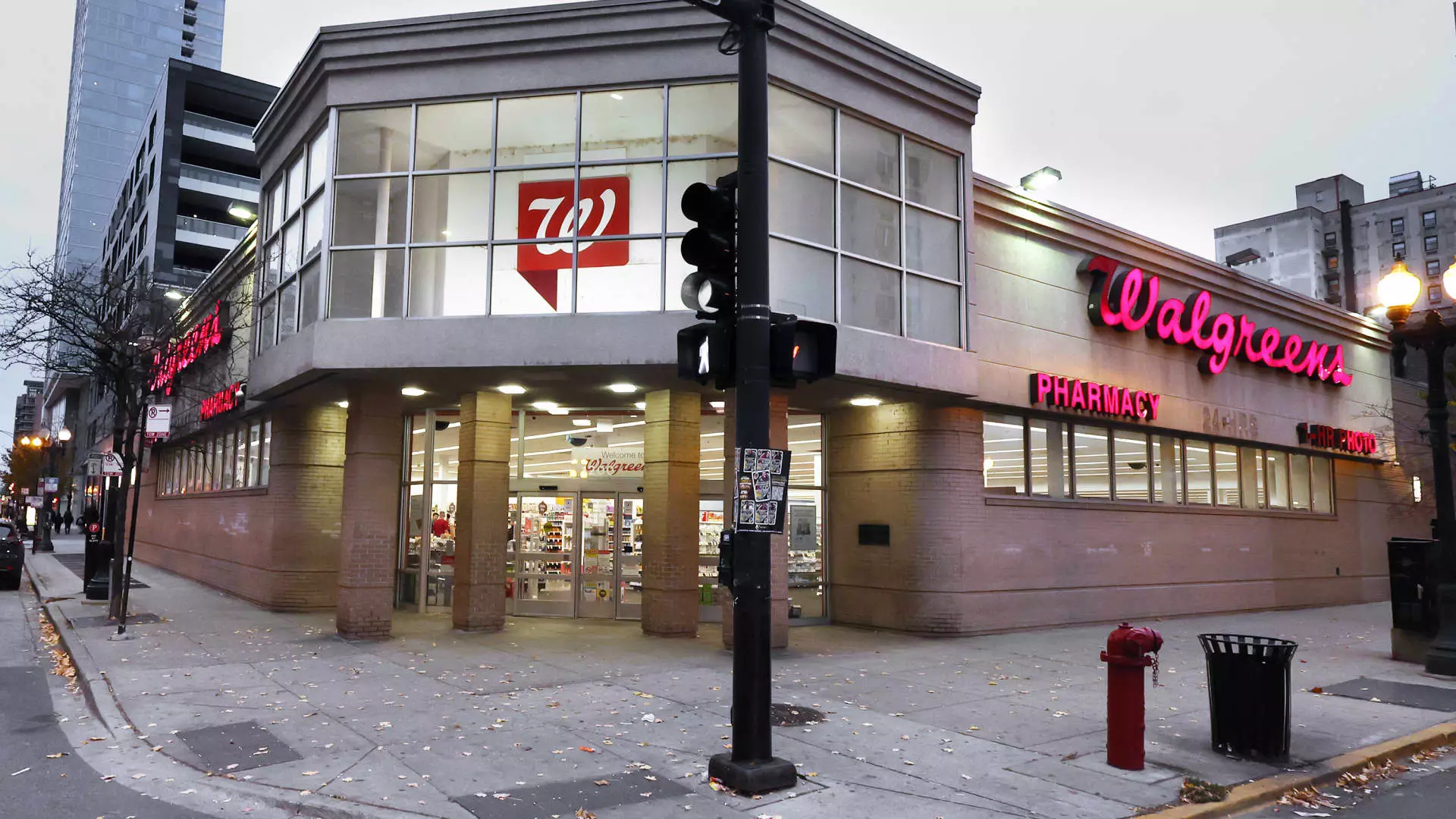In a world dominated by Amazon and an ever-expanding array of options in healthcare, Walgreens is caught in a surprising and significant transition. As the retail drugstore mammoth heads toward a private ownership scenario facilitated by Sycamore Partners in a staggering $10 billion deal, the implications for its operational strategies and long-standing legacy are profound. This seismic shift raises questions not only about the future of Walgreens but also about the broader implications of privatization in retail and healthcare.
The union with Sycamore Partners represents a momentous departure for Walgreens, which has been publicly traded since 1927. The withdrawal of fiscal guidance for 2025 in light of this transition suggests an organization grappling with uncertainty as it strives to realign itself with a changing market landscape. The pivotal question is whether going private will provide the necessary breathing room for a reimagined operational model or if it is merely a Band-Aid solution to deeper systemic issues.
Cost Cuts Amid Declining Outcomes
In its recent fiscal second-quarter report, Walgreens showcased a 4.1% revenue rise, claiming a total of $38.59 billion — numbers that, at first glance, suggest a reason for optimism. However, the reality is more complicated. Despite managing to beat adjusted earnings estimates with a reported 63 cents per share rather than the anticipated 53 cents, it is essential to peel back the layers of these figures to reveal an underlying narrative steeped in losses and unsustainable practices.
The reported net loss of $2.85 billion starkly contrasts with a net loss of $5.91 billion during the same period last year, which might initially appear as an improvement but still raises red flags about the company’s sustainability. This performance is influenced significantly by substantial legal settlements — a reminder that Walgreens has faced scrutiny over serious issues including opioid-related lawsuits. While cost-cutting measures may provide short-term relief and bolster earnings reports, the real concern lies in whether these strategies are merely staving off the inevitable.
The Challenges of Adaptation
Cost management is often hailed as a panacea in corporate settings, but Walgreens exemplifies the perils of narrowly focusing on cuts over innovation. The company’s bleak front-end retail performances reflect the erosion of consumer confidence, compounded by competitive pressures from rivals like CVS and even the grocery giants that are inching into pharmacy operations. It’s concerning that Walgreens’ leaders cite competition as a major problem while neglecting to address how their specific customer service and in-store offerings can be improved.
Moreover, the much-ballyhooed foray into healthcare hasn’t yielded the transformative results that were anticipated. Instead of leveraging their physical locations into thriving health clinics, Walgreens has recalibrated but not fundamentally changed. As the healthcare landscape evolves at breakneck speed, stalling in this arena could result in Walgreens relegating itself to the sidelines while consumers seek more dynamic options for their health needs elsewhere.
Legal Ramifications and Future Viability
Perhaps the most troubling aspect of Walgreens’ recent performance comes from the substantial legal expenses tied to opioid settlements, burdening their cash flow to the tune of nearly $1 billion in a single quarter. While it’s promising to see some success in investments, like early cash-outs on pharmaceutical shares, relaying on such one-time financial maneuvers isn’t a sustainable strategy. The ongoing legal complexities raise pertinent concerns over how effectively Walgreens can pivot away from its troubled past and recover its reputation as a trusted healthcare partner.
As Walgreens seeks to navigate its path under private ownership, it confronts the dual challenge of cleaning up its legacy while strategizing for an uncertain future. A strong balance of investments and the capability to adapt quickly to market trends will be imperative for the company’s long-term survival in an industry defined by rapid change and fierce competition.
The journey ahead for Walgreens will undoubtedly be fraught with complications, and the ramifications of its choices will reverberate through the healthcare and retail sectors for years to come.


Leave a Reply